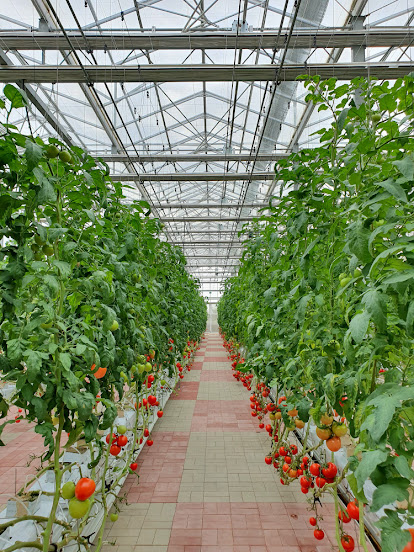Cultivating cannabis indoors relies heavily on providing optimal lighting conditions. Understanding PAR (Photosynthetically Active Radiation) and PPFD (Photosynthetic Photon Flux Density) is pivotal in achieving this. In this article, we'll explore these concepts and guide you on optimizing your LED grow lights for cannabis cultivation.
What is PAR?
The 400–700 nm light spectrum, often known as PAR or photosynthetically active radiation, is essential for plant photosynthesis. This encompasses the essential red (600–700 nm) and blue (400–500 nm) light. Knowing PAR makes it easier to select the ideal light spectrum for the various growth stages of your cannabis plants.
Understanding PPFD
The amount of PAR light that enters a certain region in a certain length of time is measured by PPFD. Micromoles per square meter per second (mol/m2/s) is the common unit of measurement. The PPFD values in your grow space show how much light energy is available for photosynthesis at a certain location.
Optimizing Your LED Grow Light
Select the Correct Spectrum: Full spectrum and specialized spectrums are only a couple of the options available for LED grow lights. Cannabis plants need a variety of light spectrums at different stages of growth. For good foliage growth during the vegetative stage, blue light (between 400 and 500 nm) is necessary. Red light, which has a wavelength of between 600 and 700 nm, helps to encourage bud development during the flowering period. Make sure your LED grow light emits the proper spectrum for the stage of growth that your plant is in.
Positioning and Hanging Height: Adjust your LED grow light's height and location to guarantee even PPFD dispersion over the canopy. For even growth, cannabis plants require constant light intensity. For the ideal hanging height, according to the manufacturer's guidelines.
Light Cycles: Maintain the correct lighting schedule for your cannabis plants. Typically, the vegetative stage is best served by an 18/6 or 20/4 light cycle, while flowering is best served by a 12/12 cycle. A few LED grow lights come with programmable timers that make adjusting light cycles simple.
PPFD Measurements: Measure the intensity of the light in your grow environment at various locations by using a PPFD meter or smartphone apps created for this purpose. This will assist you in locating any locations with inadequate or excessive lighting so that you may make the appropriate modifications.
Light Uniformity: Ensure that the light intensity is consistent across the cannabis canopy. If necessary, rotate and reposition your plants to avoid uneven growth.
In summary, grasping PAR and PPFD is vital for optimizing LED grow lights in cannabis cultivation. Choosing the right spectrum, adjusting light height, maintaining cycles, measuring PPFD, and ensuring even light distribution are key to healthy growth and higher yields. Light is a pivotal factor in indoor cannabis cultivation success.

Comments
Post a Comment